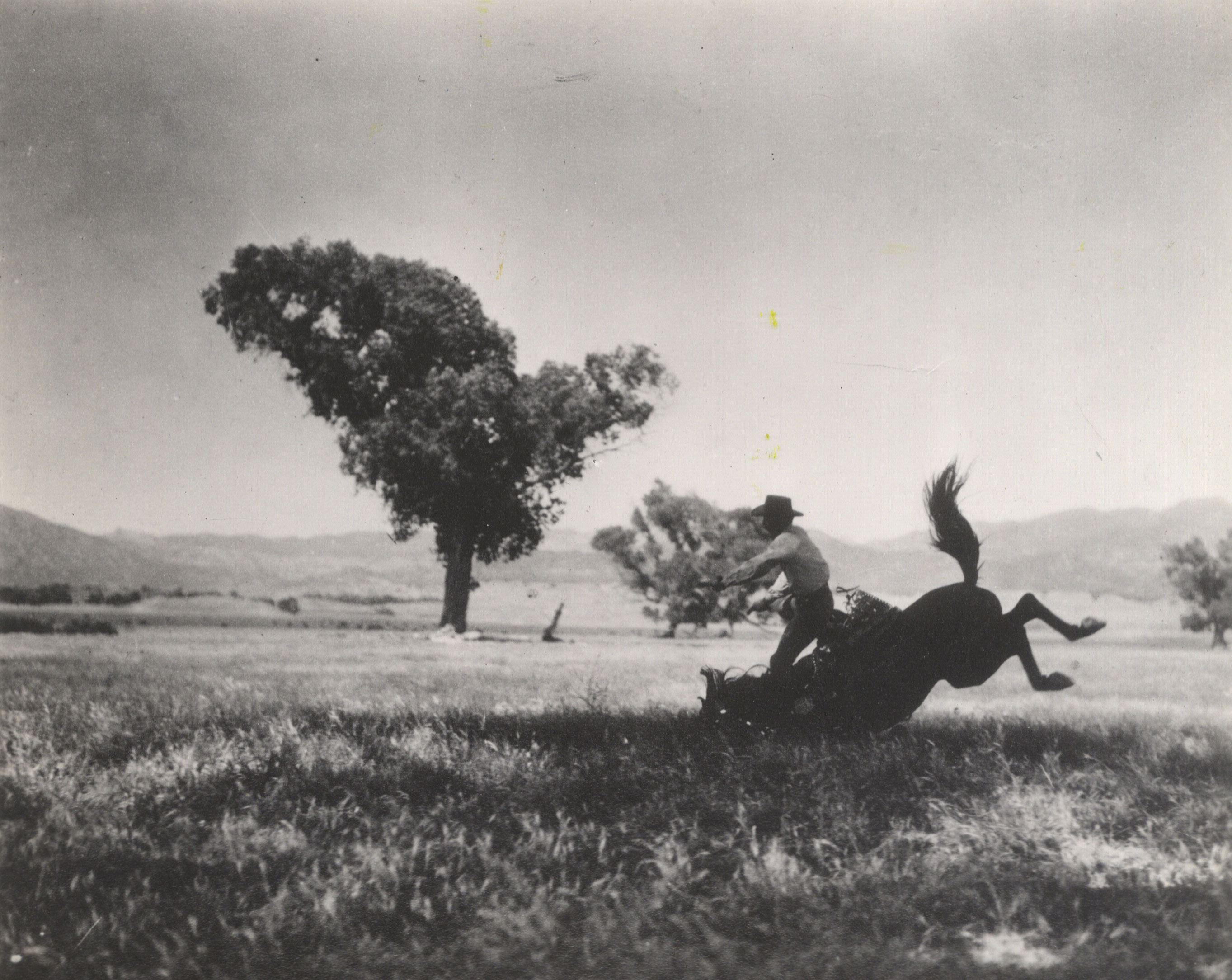Best Way to Learn WordPress: Experiment and Break

As a WordPress developer and meetup organizer, I spend a lot of time teaching people how to use WordPress. I can tell right away whether the person I’m teaching is going to find WordPress easy or hard to learn. How can I tell? It all depends on how willing they are to experiment, and how afraid they are of breaking things. The best way to learn to use WordPress – or any software for that matter – is to experiment and see what happens. The people who learn fastest, and who discover the most nifty features, are the ones who are willing to click on stuff and see what happens. WordPress has a lot of features that are obvious, and a lot of features that take a little more digging to find. So you might as well click on everything you see, install new plugins, experiment with new themes and theme settings, and see what you get. Sometimes it won’t be anything you can use, but often you will be pleasantly surprised when you discover a new feature or workflow that makes your life easier.
On the other hand, I see a lot of people who ask my permission before they click on anything. They’re worried about what will happen if they click on that or try that feature. They don’t want to break their site, or do something they can’t undo. Those people will often find a tutorial, or write down what I tell them, and never deviate from the instructions. You can use WordPress that way, but you’ll never learn anything new, and if something does break, you won’t have the confidence to fix it.
Of course, it is smart to be worried about breaking your site. You don’t want to break it, and you especially don’t want to break it in ways that can’t be undone. But here’s the thing: breaking your site is the only way you will ever learn to use it and to fix it. So you can put some safety measures in place.
First of all, experiment with the “revisions” feature in WordPress: any time you save a post or page, WordPress saves a revision. That means that if you make some changes to a post, and then realize you want to go back to the way it was before, you can restore a previous revision. This means that it’s safe to experiment with post formatting – you can always go back to what you had before!
Next, make sure you have a backup plugin running on your site, and that you know how to restore from an old backup. That’s something you should do no matter what, but it gives you some added confidence when it comes to experimenting with your site, because if you do break things, you can always restore from a backup.
Finally, if you really want to go wild with your experimentation, set up a site just for experiments. You can create another site on your web hosting account, or set up a local development environment, or use a staging plugin to make a copy of your site. If you have a site that is just for you, that no one else will see, then you’re totally free to experiment, and it won’t matter if you break things.
Experimenting can be scary, and breaking things can be stressful, but I have seen over and over again that the people who aren’t afraid of breaking their site become the most successful WordPress users and fastest learners.





